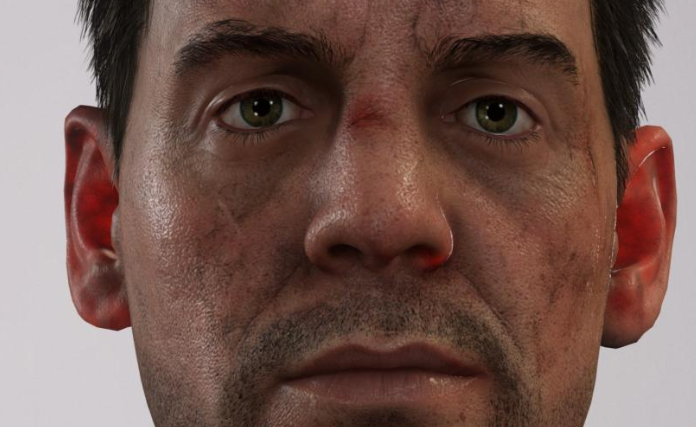Sorry, but I have to respond to this because it's used as a talking point so often:
1. Steam has tens of millions of users on its service. Even having only 5% of users with a GTX 670 or higher (it's actually higher than that, but this is just as an example) video card is an absolutely massively number.
2. The hardware survey is opt-in, which can skew the numbers (probably doesn't because the sample size is so large, but you never know).
3. Many people install Steam on machines that are not gaming-capable, which again skews the numbers.
Low, mid, and high-end GAMING PCs are what we're actually concerned about when we speak on this forum. Any PC that is not gaming-capable is completely irrelevant for any conversation regarding gaming hardware, and is usually abused in arguments to sell the idea that gaming-capable PCs are an extreme rarity next to gaming consoles. Obviously, this is not just false, but an outright lie, and I would really appreciate it if more posters would refrain from doing so.
Thank you for this.
I'm really tired of seeing people expecting miracles to be squeezed out of these limited machines. It's illogical, wishful thinking. Very tiresome to see again and again.





